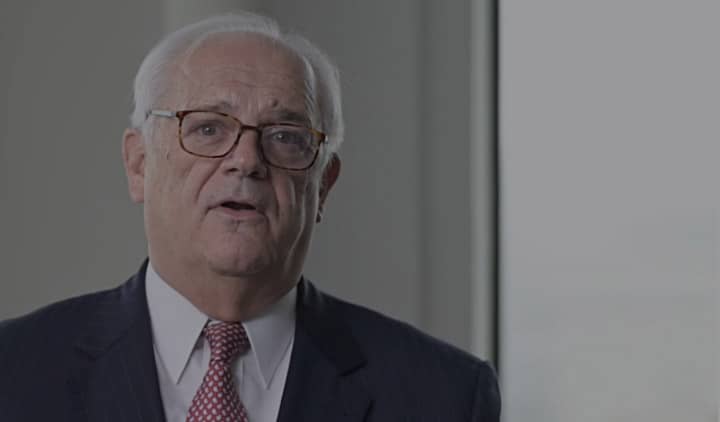The Walkup Firm is currently investigating and filing cases on behalf women injured by the spread of pelvic cancers after laparoscopic power morcellator treatment, as well as the heirs of women who have died from metastatic uterine cancers including leiomyosarcomas where the cancer was spread by the use of a power morcellator during the removal of fibroids or other pelvic lesions.
According to the FDA, 1 in 350 women who undergo a hysterectomy have undetected uterine cancer cells. Morcellator use risks spreading such cells into the surrounding tissue, causing distant spread of potentially fatal Leiomyosarcoma.
Multiple manufacturers may have liability in these cases. Johnson and Johnson’s Ethicon division was the maker of the majority of morcellators in use during the last 15 years. Morcellation devices are used during a handful of medical procedures, including hysterectomies and myomectomies, the surgical removal of fibroids or noncancerous growths in the uterus.
Doctors insert the device through a small laparoscopic incision to cut abnormal fibroids and other pelvic lesions into small pieces that can be more easily removed. Sometimes during surgeries to remove fibroids, some of tissue masses are later found to be cancerous, even though pre-surgical tests showed them as non-cancerous. The spinning action of morcellator’s blades can spread malignant tissue, leading to the seeding of advanced-stage cancerous growths.
After receiving FDA warnings in April 2014, Johnson and Johnson’s Ethicon division ultimately issued a full recall. Ethicon stated this “worldwide voluntary market withdrawal” was simply the next step following the company’s April suspension of sales and distribution. In a letter sent to hospitals, Eyhicon asked that three devices be returned: the Gynecare Morcellex, the Morcellex Sigma and the Gynecare X-Tract.
The Walkup Law Firm is acting on behalf of victims of morcellator induced metastatic disease. Victims of morcellator complications have filed lawsuits alleging insufficient warning about risks of spreading cancer through the use of the devices. Morcellator related lawsuits against Johnson and Johnson and other manufacturers seek monetary awards, but time to file is limited by the California statutes of limitations.
The first power morcellators were approved in 1993 by the Food and Drug Administration. In 2006, Dr. Robert Lampartar, a pathologist at Evangelical Community Hospital in Lewisburg PA sent a letter to Johnson & Johnson warning the company that the devices “may lead to dissemination of malignant tissue” and asking that the company carefully consider the risk of continued use. Johnson & Johnson subsequently added a labeling precaution in the use instructions but did not issue any widespread warnings and subsequently ignored additional letters from Dr. Lampartar.
An FDA Advisory Committee meeting, conducted in July of 2014, concluded that surgeons who used power morcellators should make additional efforts to inform patients about the risks of the use of the machines. The committee also suggested the addition of serious warning statements to product packaging and recommended increasing the device classification to the higher Class III category which would require new manufactures to present proof of safety and efficacy through extensive clinical studies.
Contact our offices at (415) 981-7210 today to schedule a free case evaluation.


